Address
Plot No. - M88, MIDC, Ambad, Nashik - 422010, Maharashtra, India
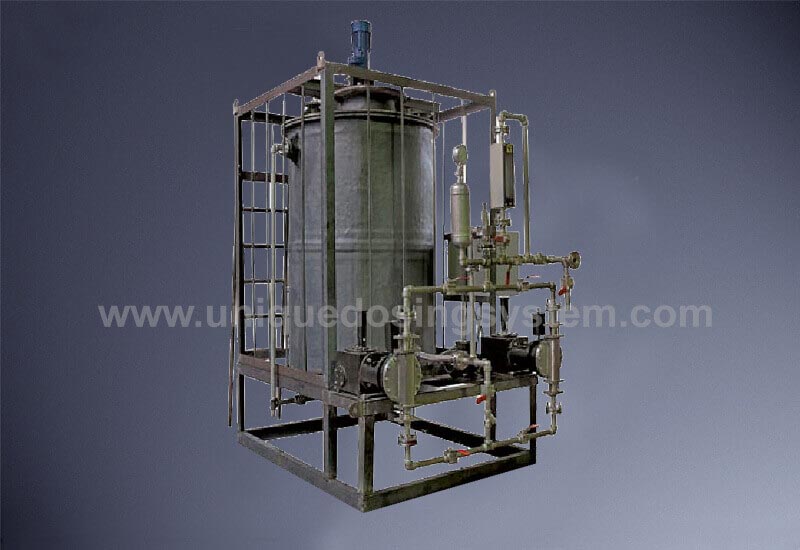
Ferric Chloride Dosing System Manufacturers involves the delivery of ferric chloride in water and when dissolved in water it undergoes hydrolysis and form high position of energy. Unique dosing system manufactures this system with ultraexpensive grade raw material. This is ergonomic design installed with a modular automated dosing system. Ferric Chloride Dosing System consists of mechanical, robotization, full turnkey, control, electrical and point installations. The repaying pump allow variable inflow rate and can be acclimated at the time of running or when stopped. This system involves the delivery of ferric chloride in water or other fluid for the purpose of making it clean.
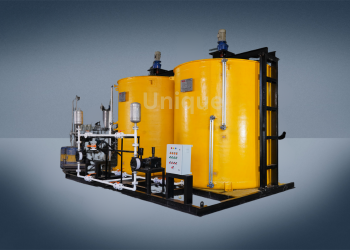
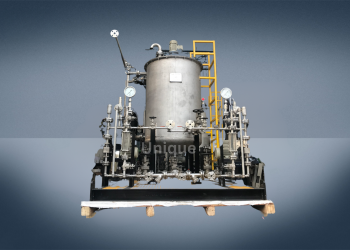
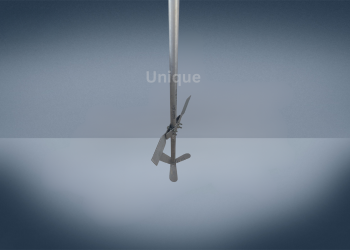
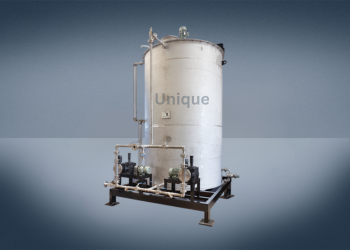
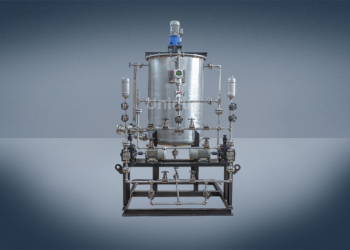
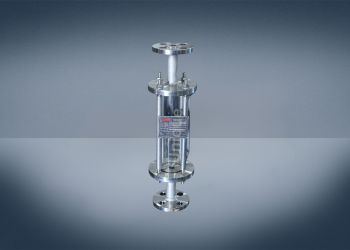
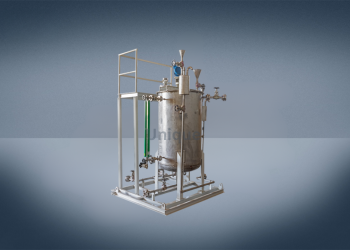
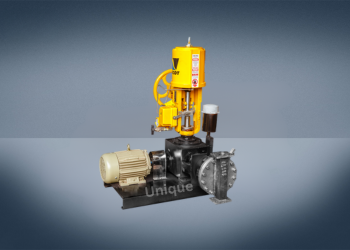

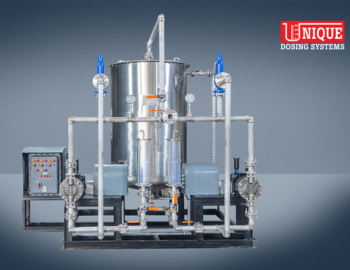
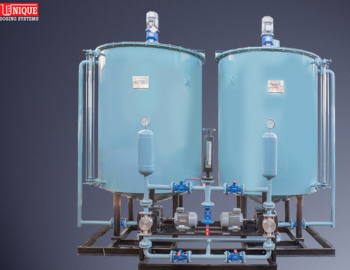

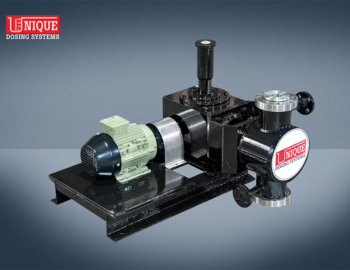
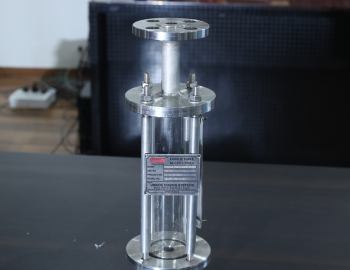
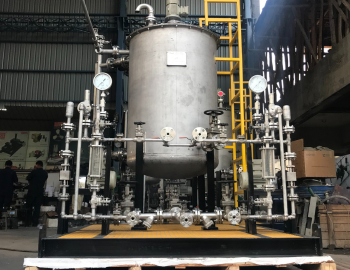

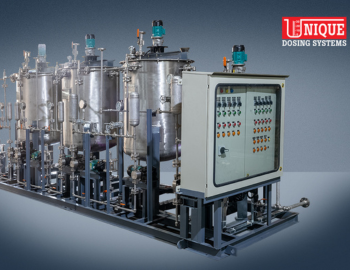
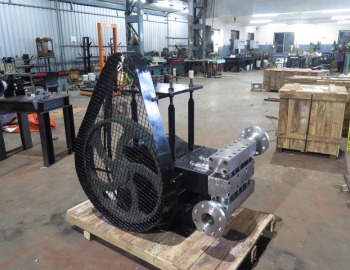

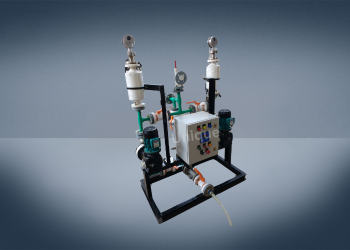
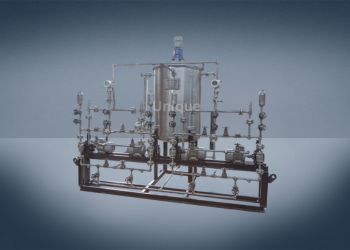

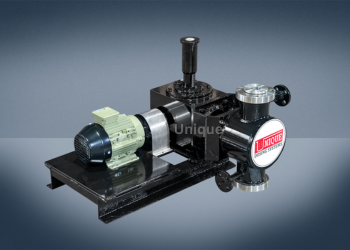




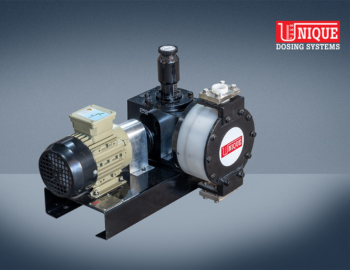
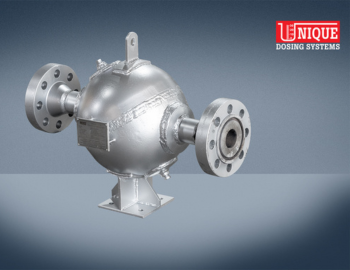
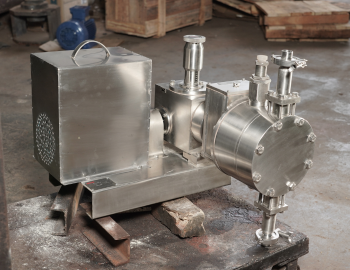


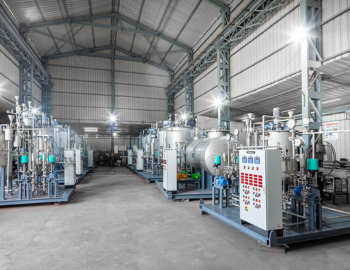
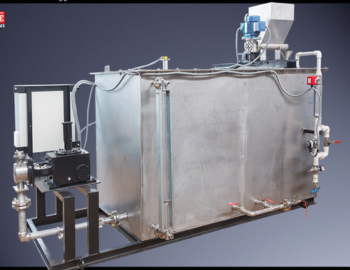
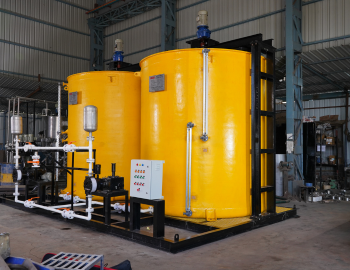
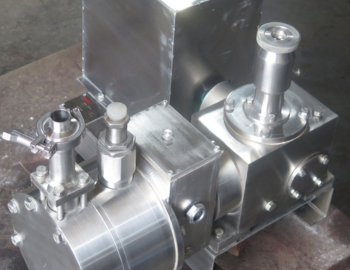
Bring to the table win-win survival strategies to ensure
proactive domination. At the end of the day, going for
ward, a new normal.
+ Country
Satisfied clients
Years experiences
Qualty paramerters